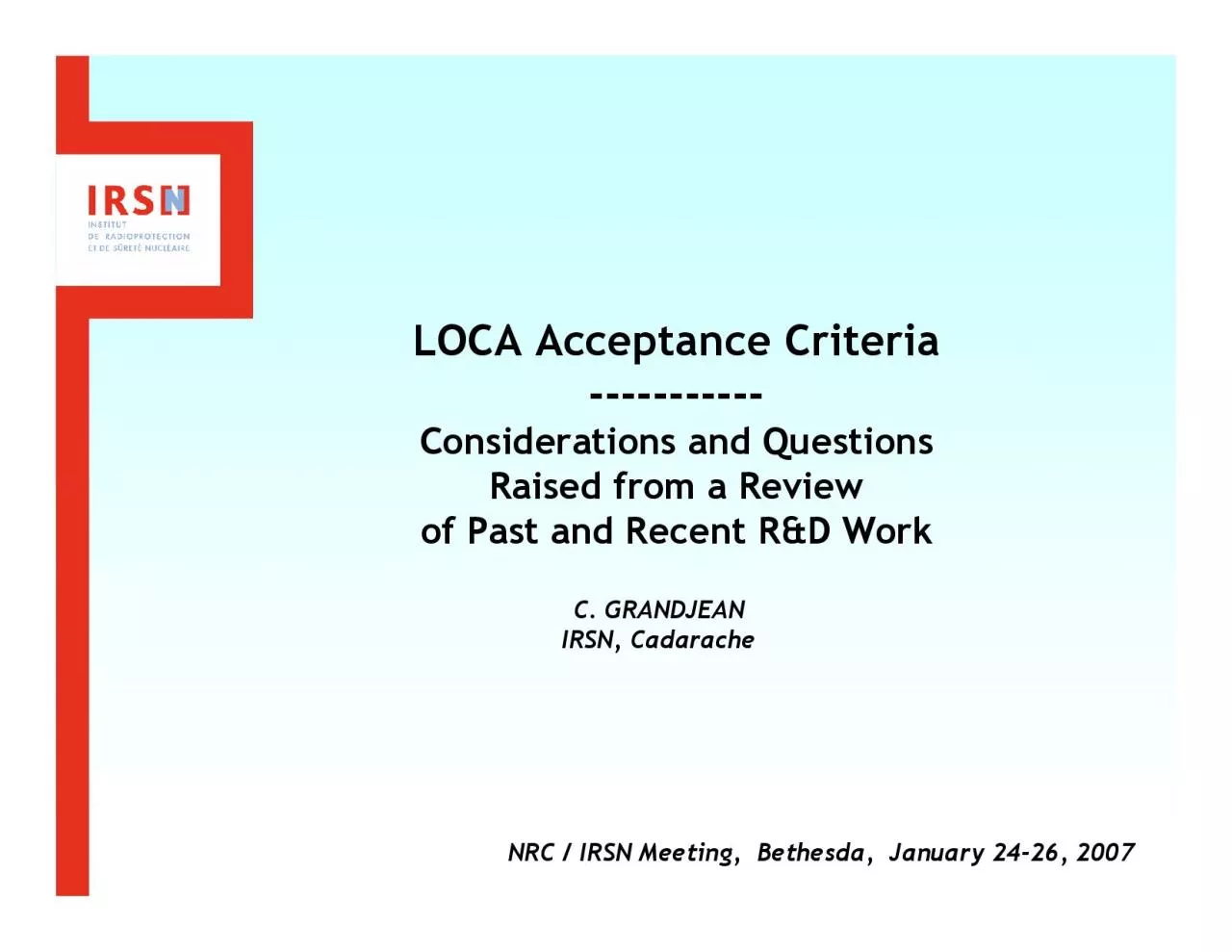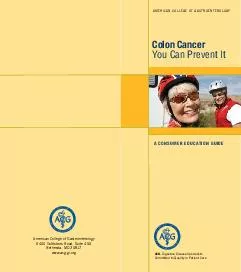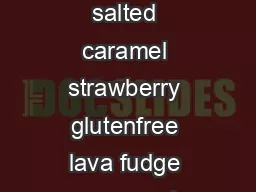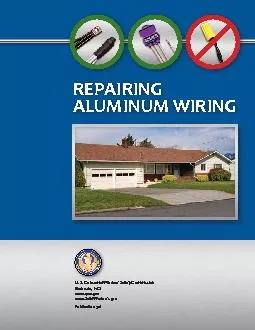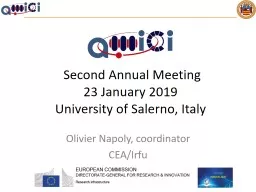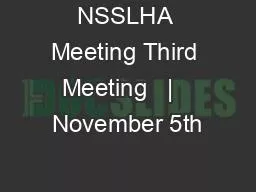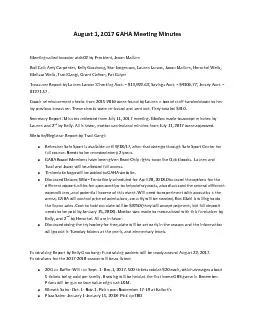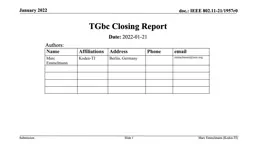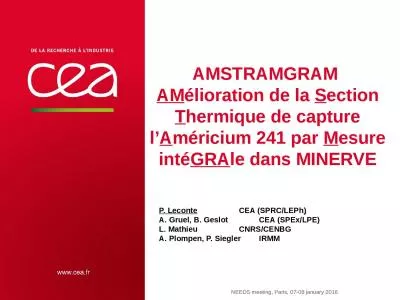PDF-C GRANDJEANIRSN CadaracheNRC IRSN Meeting Bethesda January 24
Author : luna | Published Date : 2021-06-13
C GrandjeanNRC IRSN Meeting January 2425 2007 230 In 1967 the Ergen Task Force concluded
Presentation Embed Code
Download Presentation
Download Presentation The PPT/PDF document "C GRANDJEANIRSN CadaracheNRC IRSN Meeti..." is the property of its rightful owner. Permission is granted to download and print the materials on this website for personal, non-commercial use only, and to display it on your personal computer provided you do not modify the materials and that you retain all copyright notices contained in the materials. By downloading content from our website, you accept the terms of this agreement.
C GRANDJEANIRSN CadaracheNRC IRSN Meeting Bethesda January 24: Transcript
Download Rules Of Document
"C GRANDJEANIRSN CadaracheNRC IRSN Meeting Bethesda January 24"The content belongs to its owner. You may download and print it for personal use, without modification, and keep all copyright notices. By downloading, you agree to these terms.
Related Documents

